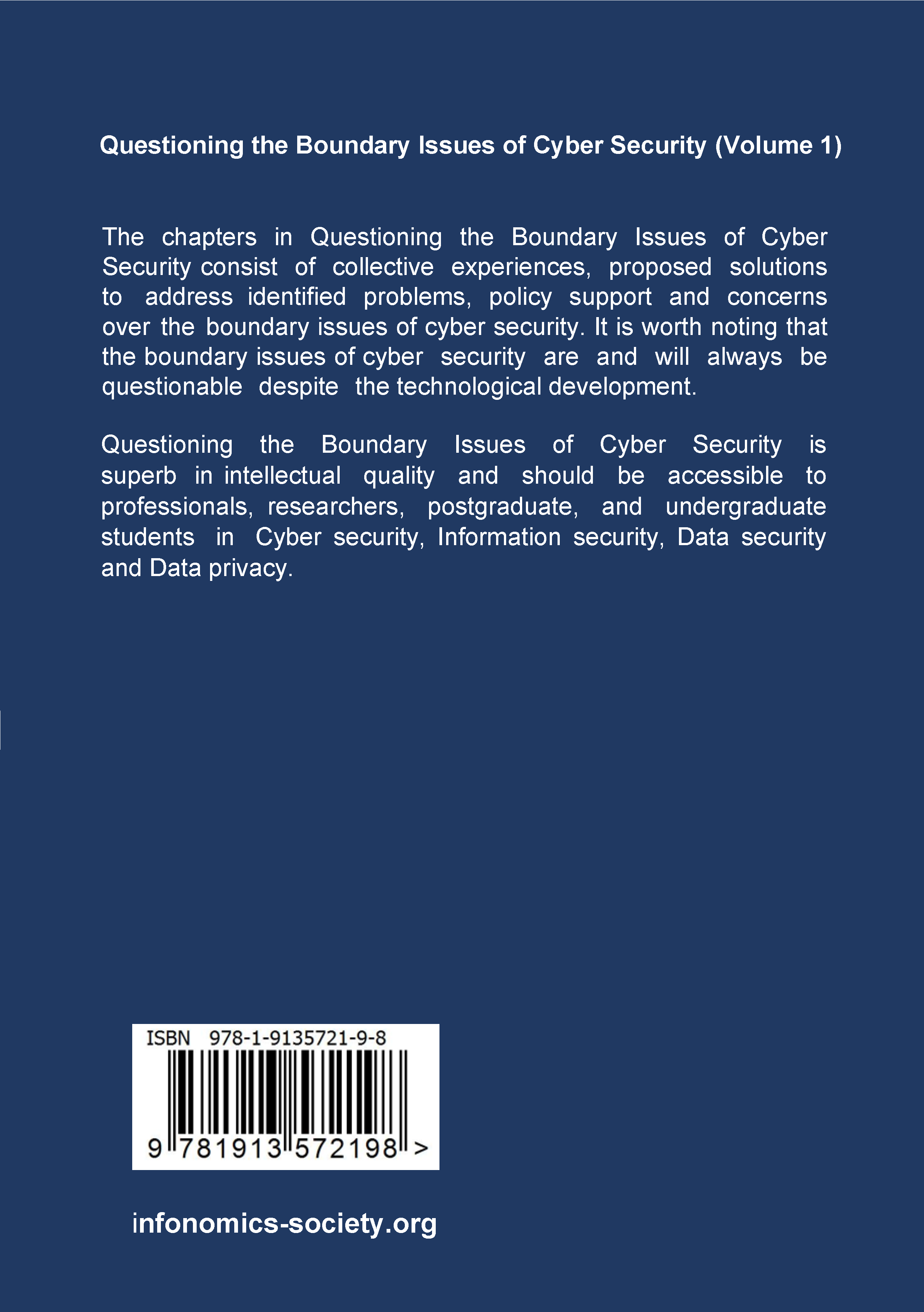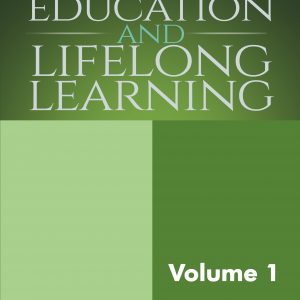Chapter 6
Internet of Things (IoT) Routing Protocol
The Chapter Six addresses the challenges that are encountered with the common routing protocols and the criteria that are derived by a ROLL to satisfy the routing requirements in LLNs. This Chapter provides an overview to IPv6 over low-power wireless personal area network (6LoWPAN) and IoT protocol stack. It is also noted that the IPv6 Routing Protocol for Low-Power and Lossy Networks (RPL) is also used to support the traffic flow in a LLNs. LLNs are constrained networks, and the nodes or the routers operate with constraint condition such as limited processing power, memory and energy, and the interconnection links are lossy. However, the Routing Over Low-Power and Lossy (ROLL) Working Group (WG) concludes that the existing IETF routing protocols do not meet the requirements of the constraints devices such as very limited memory, little processing power, and long sleep periods. Hence, these protocols may not fully address the Low-power wireless devices, therefore, the WG drives five criteria (routing state, loss response, control cost, link cost and node cost) for routing in LLNs. The RPL is based on graph construction directed acyclic graph (DAG) to form Destination-Oriented DAG (DODAG). The Rank of a node is a scalar representation of the location of that node within a DODAG Version. Therefore, the Rank is used to avoid and detect loops. Moreover, the Rank value feeds into DODAG parent selection according to the RPL loop avoidance strategy.
999 in stock
- Chapter 1
- Chapter 2
- Chapter 3
- Chapter 4
- Chapter 5
- Chapter 6
- Chapter 7
- Chapter 8
- Chapter 9
- Chapter 1
- Chapter 2
- Chapter 3
- Chapter 4
- Chapter 5
- Chapter 6
- Chapter 7
- Chapter 8
- Chapter 9
- Chapter 1
- Chapter 2
- Chapter 3
- Chapter 4
- Chapter 5
- Chapter 6
- Chapter 7
- Chapter 8
- Chapter 9
- Chapter 1
- Chapter 2
- Chapter 3
- Chapter 4
- Chapter 5

£25.99
Internet of Things (IoT) Routing Protocol
The Chapter Six addresses the challenges that are encountered with the common routing protocols and the criteria that are derived by a ROLL to satisfy the routing requirements in LLNs. This Chapter provides an overview to IPv6 over low-power wireless personal area network (6LoWPAN) and IoT protocol stack. It is also noted that the IPv6 Routing Protocol for Low-Power and Lossy Networks (RPL) is also used to support the traffic flow in a LLNs. LLNs are constrained networks, and the nodes or the routers operate with constraint condition such as limited processing power, memory and energy, and the interconnection links are lossy. However, the Routing Over Low-Power and Lossy (ROLL) Working Group (WG) concludes that the existing IETF routing protocols do not meet the requirements of the constraints devices such as very limited memory, little processing power, and long sleep periods. Hence, these protocols may not fully address the Low-power wireless devices, therefore, the WG drives five criteria (routing state, loss response, control cost, link cost and node cost) for routing in LLNs. The RPL is based on graph construction directed acyclic graph (DAG) to form Destination-Oriented DAG (DODAG). The Rank of a node is a scalar representation of the location of that node within a DODAG Version. Therefore, the Rank is used to avoid and detect loops. Moreover, the Rank value feeds into DODAG parent selection according to the RPL loop avoidance strategy.
999 in stock
£25.99
Category: Books
Tag: Inclusive Education and Lifelong Learning
Additional information
| Chapters |
Chapter 6 |
|---|
Author(s)
Khalid Mohamed, Al-Neelain University, Sudan
Suleiman Ali, Soilahoudini Ali and Ilyas Kassim, International University of Africa, Sudan
Content missing
Related products
About Us
From Art to Science and Climate Change to World Peace, we embrace technological advancement, innovative Ideas, encourages research collaboration and training worldwide. The Society also questions the boundary issues between societal and technological dimensions of knowledge evolution, which lead to the concept of Infonomics. As part of our continuous improvement, we develop innovative ideas that combine traditional techniques with advanced technologies to create something very different.
Quick Links
© 2024 All Rights Reserved | Privacy Policy




